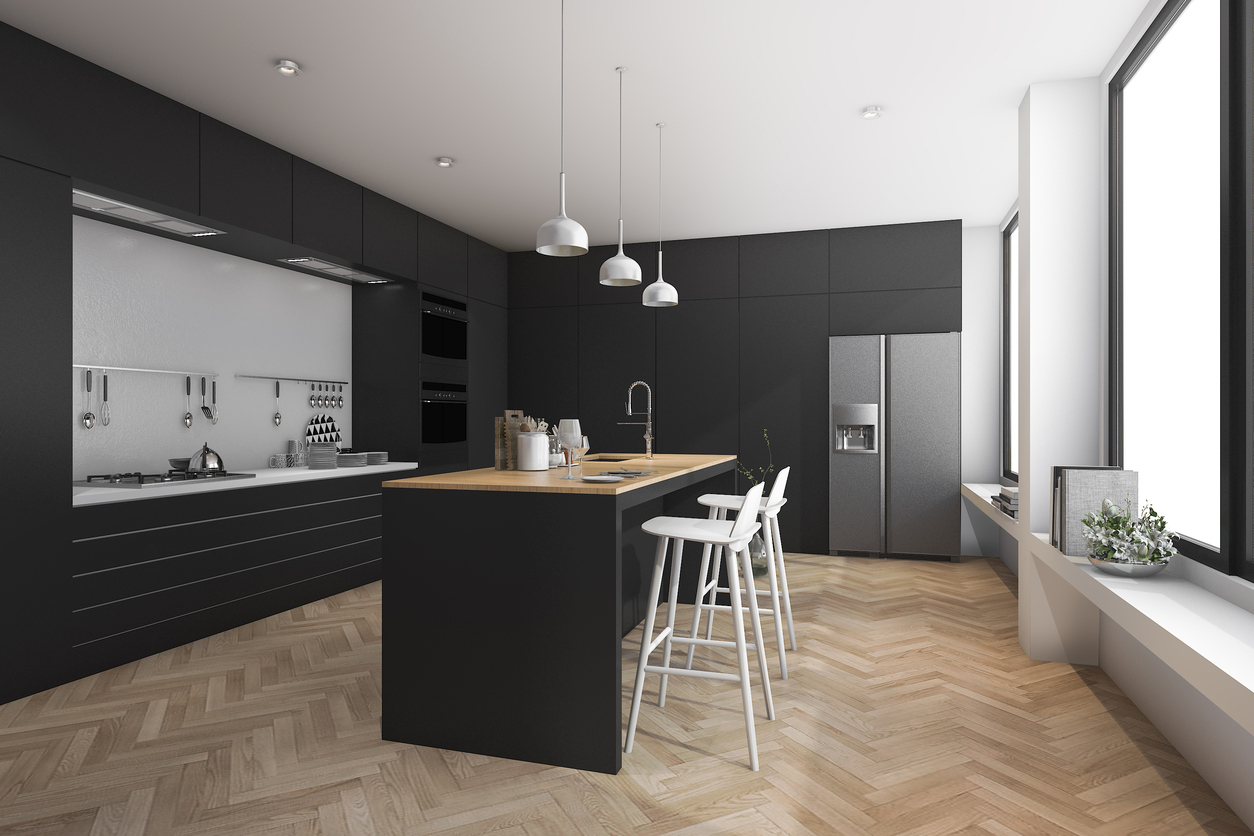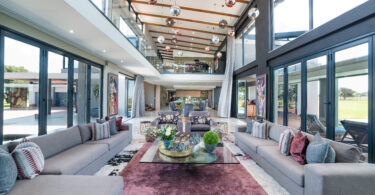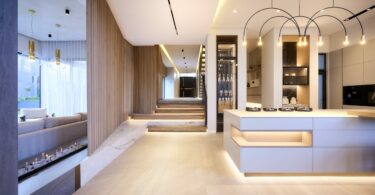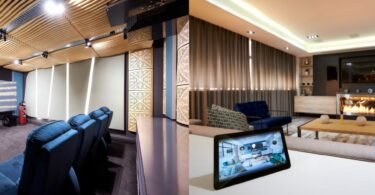It’s happened to most homeowners: You budget for an alteration, only to be blown away when your contractor presents a final invoice that’s well over your initial quote.
Gavin Williams, director at 86redBRICKS Architects, explains that this scenario usually comes about because contractors provided an incorrect quote at the outset, providing drawings with too little information or underestimating costs. It could also happen that you change your mind about certain items once the alteration is under way, so that the scope broadens or extra items are added.
You can prevent the shock of a high bill by seeking out experienced contractors and making sure that all operators, from interior designers to architects, are included from the very beginning of your project. Make sure you stick to the budget for each item quoted, and ask for as much detail as possible. Finally, make sure you budget for the following items:
• A ‘what if’ fund. Kyle Turner of Roca says you should set aside an extra 15 to 20% of your total budget to cover unforeseen costs. You may well not need to spend this money, but at least you’ll have a cushion if you do.
• Final fittings and finishes. When you’re thinking about the bigger picture, it can be easy to overlook things like cupboard handles – but factoring these in can make a big difference to the cost of your renovations, says Andrew Taylor of Bathroom Butler.
• Existing areas. Will these need touching up?
• Building waste. Williams says you need to think about how this will be stored, repurposed or removed.
• Inflation. If the building spans a long period, this may affect costs.
• Fees. These range from the money paid to professionals, to fees for submissions made to councils and other authorities.










Leave a Comment